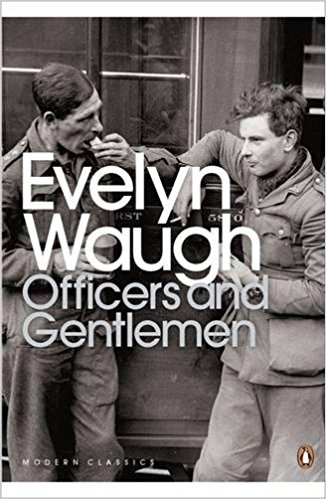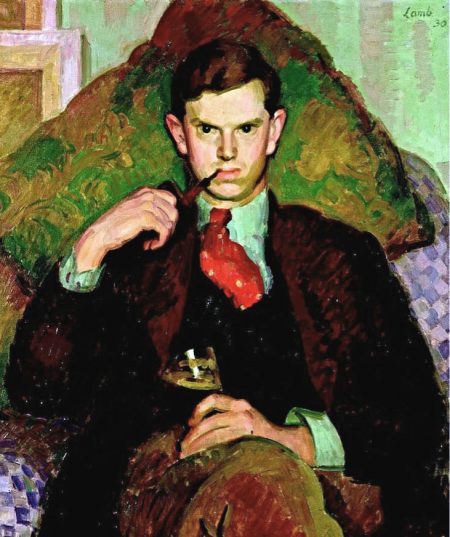
![]() Mikhail Bulgakov at Mantex
Mikhail Bulgakov at Mantex
Biography, study notes, and web links
![]() The Master and Margarita
The Master and Margarita
Stylish web site in English, Dutch, French, and Russian featuring all aspects of the novel, its themes and interpretation – plus multimedia links, including even pop video clips
![]() Bulgakov’s The Master and Margarita
Bulgakov’s The Master and Margarita
Web study featuring illustrations, maps, characters, themes, bibliography, and chapter notes with introductory essay and notes
![]() Mikhail Afanasjevitch Bulgakov
Mikhail Afanasjevitch Bulgakov
Works, timeline, excerpts, links – in English, Russian & German
![]() Bulgakov on Wikipedia
Bulgakov on Wikipedia
Life history, historical background, works, materials, and links
![]() BBC Bulgakov Wiki
BBC Bulgakov Wiki
Biographical notes
![]() Library of Congress Bibliography
Library of Congress Bibliography
Extensive records of biography, works, criticism, and commentary
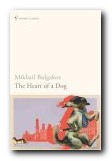 The Heart of a Dog (1925) A rich, successful Moscow professor befriends a stray dog and attempts a scientific experiment by transplanting into it the testicles and pituitary gland of a recently deceased man. A distinctly worryingly human animal is then turned on the loose, and the professor’s hitherto respectable life becomes a nightmare beyond endurance. An absurd and superbly comic story, this classic novel can also be read as a fierce parable of the Russian Revolution.
The Heart of a Dog (1925) A rich, successful Moscow professor befriends a stray dog and attempts a scientific experiment by transplanting into it the testicles and pituitary gland of a recently deceased man. A distinctly worryingly human animal is then turned on the loose, and the professor’s hitherto respectable life becomes a nightmare beyond endurance. An absurd and superbly comic story, this classic novel can also be read as a fierce parable of the Russian Revolution.
 A Country Doctor’s Notebook (1925) With the ink still wet on his diploma, the twenty-five year old Dr Mikhail Bulgakov was flung into the depths of rural Russia which, in 1916-17, was still largely unaffected by such novelties as the motor car, the telephone or electric light. How his alter-ego copes (and fails to cope) with the new and often appalling responsibilities of a lone practitioner in a vast country practice – in blizzards, pursued by wolves and on the eve of Revolution – is described in Bulgakov’s delightful blend of candid realism and imaginative exuberance.
A Country Doctor’s Notebook (1925) With the ink still wet on his diploma, the twenty-five year old Dr Mikhail Bulgakov was flung into the depths of rural Russia which, in 1916-17, was still largely unaffected by such novelties as the motor car, the telephone or electric light. How his alter-ego copes (and fails to cope) with the new and often appalling responsibilities of a lone practitioner in a vast country practice – in blizzards, pursued by wolves and on the eve of Revolution – is described in Bulgakov’s delightful blend of candid realism and imaginative exuberance.
 The Fatal Eggs (1924) Professor Persikov discovers a new form of light ray whose effect is to accelerate growth in primitive organisms. But when this ray is shone on the wrong batch of eggs, the Professor finds himself both the unwilling creator of giant hybrids, and the focus of a merciless press campaign. For it seems the propaganda machine has turned its gaze on him, distorting his nature in the very way his ‘innocent’ tampering created the monster snakes and crocodiles that now terrorise the neighbourhood. An inspired work of science fiction and a biting political allegory.
The Fatal Eggs (1924) Professor Persikov discovers a new form of light ray whose effect is to accelerate growth in primitive organisms. But when this ray is shone on the wrong batch of eggs, the Professor finds himself both the unwilling creator of giant hybrids, and the focus of a merciless press campaign. For it seems the propaganda machine has turned its gaze on him, distorting his nature in the very way his ‘innocent’ tampering created the monster snakes and crocodiles that now terrorise the neighbourhood. An inspired work of science fiction and a biting political allegory.
 The Master and Margarita (1940/1973) is a wonderful mixture of realism and fantasy which offers a satirical view of communist Russia. The story involves the arrival of the Devil into Moscow, interspersed with chapters dealing with Pontius Pilate and the crucifixion of Jesus Christ, plus other sections related to an artist and his relationships with his art and his lover. All three layers of the story are blended with spellbinding imaginative force.
The Master and Margarita (1940/1973) is a wonderful mixture of realism and fantasy which offers a satirical view of communist Russia. The story involves the arrival of the Devil into Moscow, interspersed with chapters dealing with Pontius Pilate and the crucifixion of Jesus Christ, plus other sections related to an artist and his relationships with his art and his lover. All three layers of the story are blended with spellbinding imaginative force.
The novel is a multilayered critique of the Soviet society in general and its literary establishment specifically. It begins with Satan visiting Moscow in 1935, joining a conversation of a critic and a poet, busily debating the existence of Jesus Christ and the Devil. It then evolves into a whole scale indictment of the corruption, greed, narrow-mindedness, and widespread paranoia of Stalinist Russia. Banned but widely read, the novel firmly secured Bulgakov’s place among the pantheon of the greatest of Russian writers.
 Black Snow: A Theatrical Novel (1920s) When Maxudov’s bid to take his own life fails, he dramatises the novel whose failure provoked the suicide attempt. To the resentment of literary Moscow, his play is accepted by the legendary Independent Theatre and he plunges into a vortex of inflated egos. With each rehearsal more sparks fly and the chances of the play being performed recede. This is a back-stage novel and a brilliant satire on his ten-year love-hate relationship with Stanislavsky and the Moscow Arts Theatre
Black Snow: A Theatrical Novel (1920s) When Maxudov’s bid to take his own life fails, he dramatises the novel whose failure provoked the suicide attempt. To the resentment of literary Moscow, his play is accepted by the legendary Independent Theatre and he plunges into a vortex of inflated egos. With each rehearsal more sparks fly and the chances of the play being performed recede. This is a back-stage novel and a brilliant satire on his ten-year love-hate relationship with Stanislavsky and the Moscow Arts Theatre
© Roy Johnson 2004
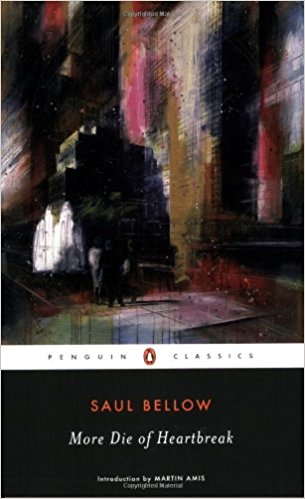

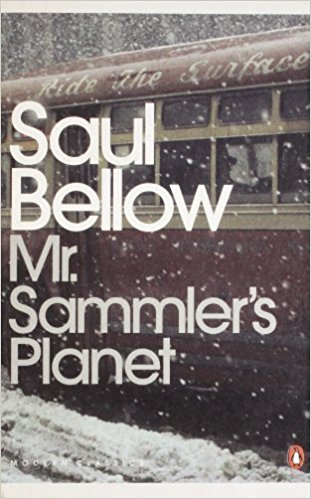

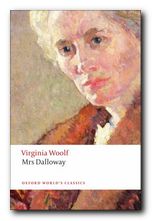
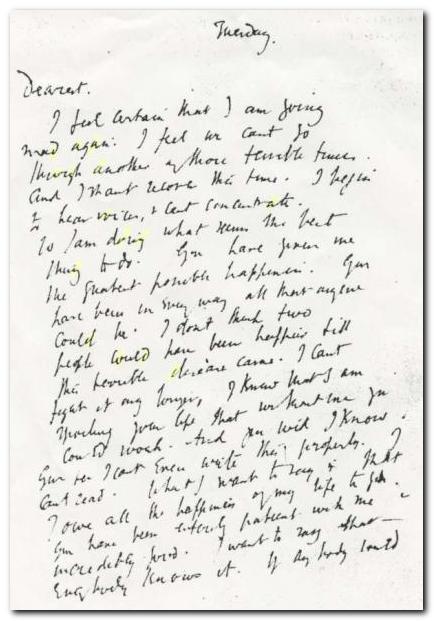
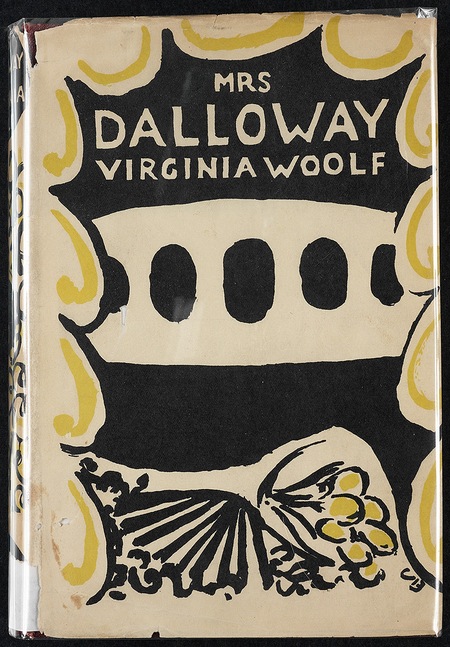

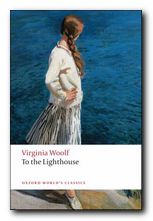 To the Lighthouse
To the Lighthouse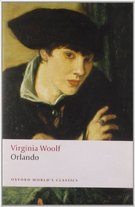 Orlando (1928) is one of her lesser-known novels, although it’s critical reputation has risen in recent years. It’s a delightful fantasy which features a character who changes sex part-way through the book – and lives from the sixteenth to the twentieth century. Using this device (which turns out to be strangely credible) Woolf explores issues of gender and identity as her hero-heroine moves through a variety of lives and personal adventures. Orlando starts out as an emissary to the Court of St James, lives through friendships with Swift and Alexander Pope, and ends up motoring through the west end of London on a shopping expedition in the 1920s. The character is loosely based on Vita Sackville-West, who at one time was Woolf’s lover. The novel itself was described by Nigel Nicolson (Sackville-West’s son) as ‘the longest and most charming love-letter in literature’.
Orlando (1928) is one of her lesser-known novels, although it’s critical reputation has risen in recent years. It’s a delightful fantasy which features a character who changes sex part-way through the book – and lives from the sixteenth to the twentieth century. Using this device (which turns out to be strangely credible) Woolf explores issues of gender and identity as her hero-heroine moves through a variety of lives and personal adventures. Orlando starts out as an emissary to the Court of St James, lives through friendships with Swift and Alexander Pope, and ends up motoring through the west end of London on a shopping expedition in the 1920s. The character is loosely based on Vita Sackville-West, who at one time was Woolf’s lover. The novel itself was described by Nigel Nicolson (Sackville-West’s son) as ‘the longest and most charming love-letter in literature’.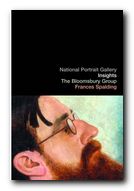 The Bloomsbury Group is a short but charming book, published by the National Portrait Gallery. It explores the impact of Bloomsbury personalities on each other, plus how they shaped the development of British modernism in the early part of the twentieth century. But most of all it’s a delightful collection of portrait paintings and photographs, with biographical notes. It has an introductory essay which outlines the development of Bloomsbury, followed by a series of portraits and the biographical sketches of the major figures.
The Bloomsbury Group is a short but charming book, published by the National Portrait Gallery. It explores the impact of Bloomsbury personalities on each other, plus how they shaped the development of British modernism in the early part of the twentieth century. But most of all it’s a delightful collection of portrait paintings and photographs, with biographical notes. It has an introductory essay which outlines the development of Bloomsbury, followed by a series of portraits and the biographical sketches of the major figures.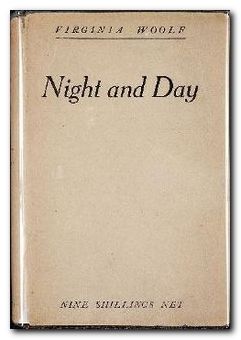
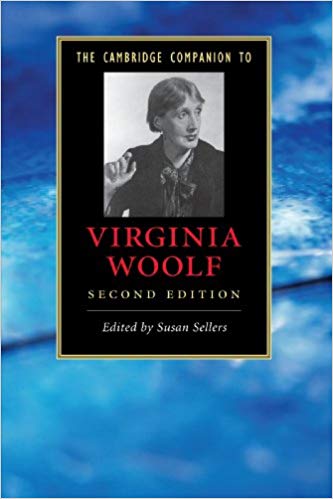
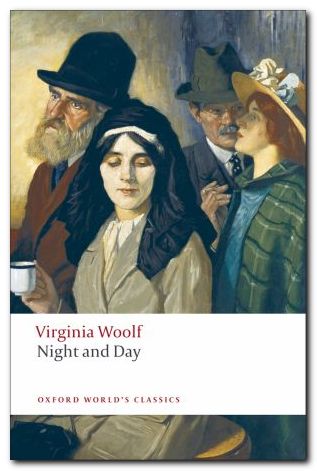
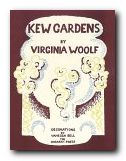 Kew Gardens
Kew Gardens Virginia Woolf
Virginia Woolf

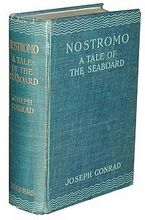 The location of the novel is Costaguana, a fictional country on the western seaboard of South America, and the focus of events is in its capital Sulaco, where a silver mine has been inherited by English-born Charles Gould but is controlled by American capitalists in San Francisco. Competing military factions plunge the country in a state of civil war, and Gould tries desperately to keep the mine working. Amidst political chaos, he dispatches a huge consignment of silver, putting it into the hands of the eponymous hero, the incorruptible Capataz de Cargadores, Nostromo.
The location of the novel is Costaguana, a fictional country on the western seaboard of South America, and the focus of events is in its capital Sulaco, where a silver mine has been inherited by English-born Charles Gould but is controlled by American capitalists in San Francisco. Competing military factions plunge the country in a state of civil war, and Gould tries desperately to keep the mine working. Amidst political chaos, he dispatches a huge consignment of silver, putting it into the hands of the eponymous hero, the incorruptible Capataz de Cargadores, Nostromo.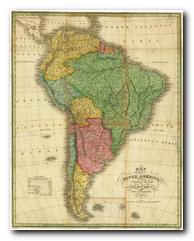 A great deal of the narrative tension in this long novel turns on who knows what about whom, and many of the key scenes are drenched in dramatic irony built on coincidences which have all the improbability of the nineteenth century novel hanging about them. At one point a completely new character suddenly appears as a stowaway on a boat, and then improbably survives a collision with another ship in the dark by hanging onto the other boat’s anchor. And this is merely a plot device allowing him to transmit misleading information to his captors – and incidentally allows Conrad to indulge in a rather unpleasant bout of anti-semitism.
A great deal of the narrative tension in this long novel turns on who knows what about whom, and many of the key scenes are drenched in dramatic irony built on coincidences which have all the improbability of the nineteenth century novel hanging about them. At one point a completely new character suddenly appears as a stowaway on a boat, and then improbably survives a collision with another ship in the dark by hanging onto the other boat’s anchor. And this is merely a plot device allowing him to transmit misleading information to his captors – and incidentally allows Conrad to indulge in a rather unpleasant bout of anti-semitism.
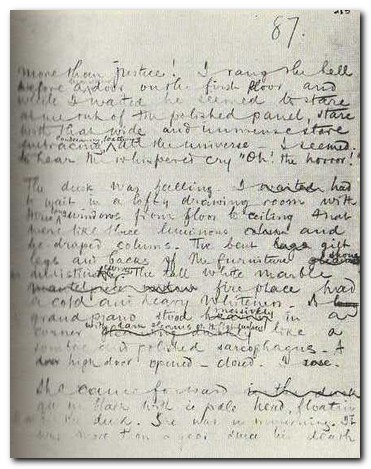
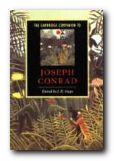 The Cambridge Companion to Joseph Conrad offers a series of essays by leading Conrad scholars aimed at both students and the general reader. There’s a chronology and overview of Conrad’s life, then chapters that explore significant issues in his major writings, and deal in depth with individual works. These are followed by discussions of the special nature of Conrad’s narrative techniques, his complex relationships with late-Victorian imperialism and with literary Modernism, and his influence on other writers and artists. Each essay provides guidance to further reading, and a concluding chapter surveys the body of Conrad criticism.
The Cambridge Companion to Joseph Conrad offers a series of essays by leading Conrad scholars aimed at both students and the general reader. There’s a chronology and overview of Conrad’s life, then chapters that explore significant issues in his major writings, and deal in depth with individual works. These are followed by discussions of the special nature of Conrad’s narrative techniques, his complex relationships with late-Victorian imperialism and with literary Modernism, and his influence on other writers and artists. Each essay provides guidance to further reading, and a concluding chapter surveys the body of Conrad criticism.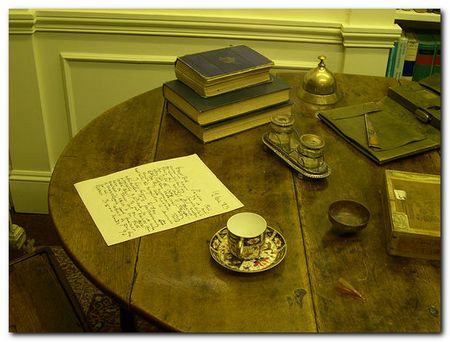
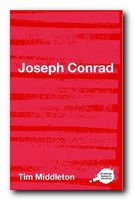 The Complete Critical Guide to Joseph Conrad is a good introduction to Conrad criticism. It includes a potted biography, an outline of the stories and novels, and pointers towards the main critical writings – from the early comments by his contemporaries to critics of the present day. Also includes a thorough bibliography which covers biography, criticism in books and articles, plus pointers towards specialist Conrad journals. These guides are very popular. Recommended.
The Complete Critical Guide to Joseph Conrad is a good introduction to Conrad criticism. It includes a potted biography, an outline of the stories and novels, and pointers towards the main critical writings – from the early comments by his contemporaries to critics of the present day. Also includes a thorough bibliography which covers biography, criticism in books and articles, plus pointers towards specialist Conrad journals. These guides are very popular. Recommended.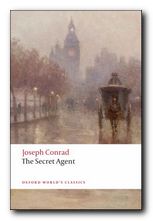 The Secret Agent
The Secret Agent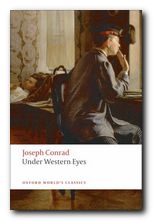 Under Western Eyes
Under Western Eyes